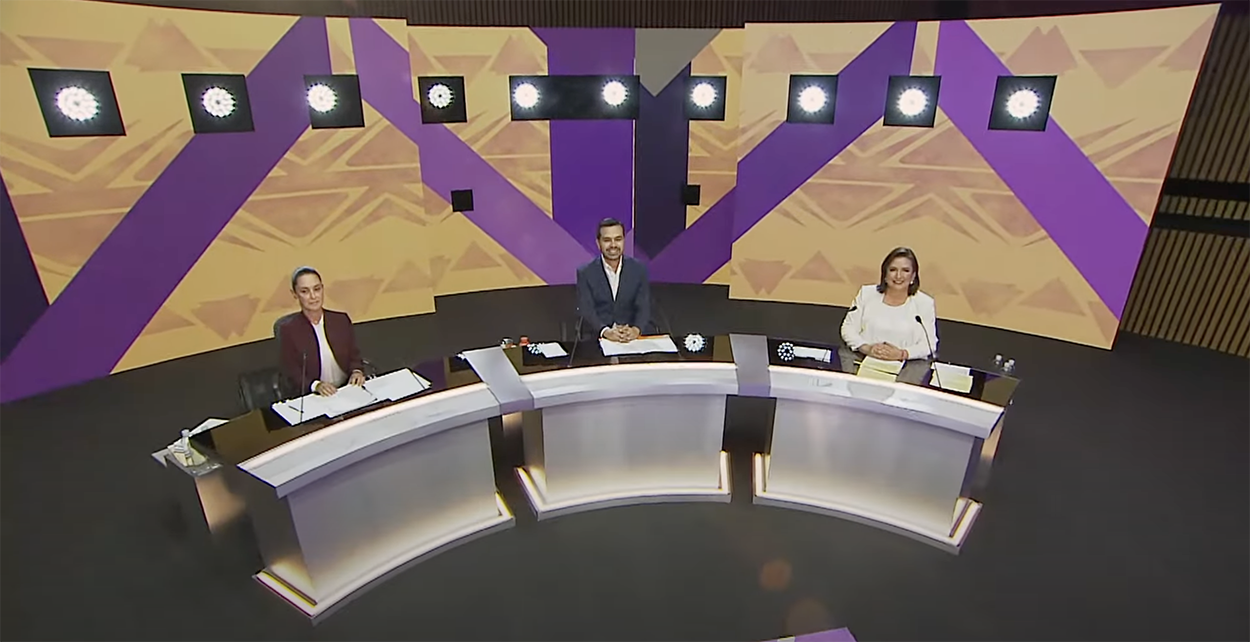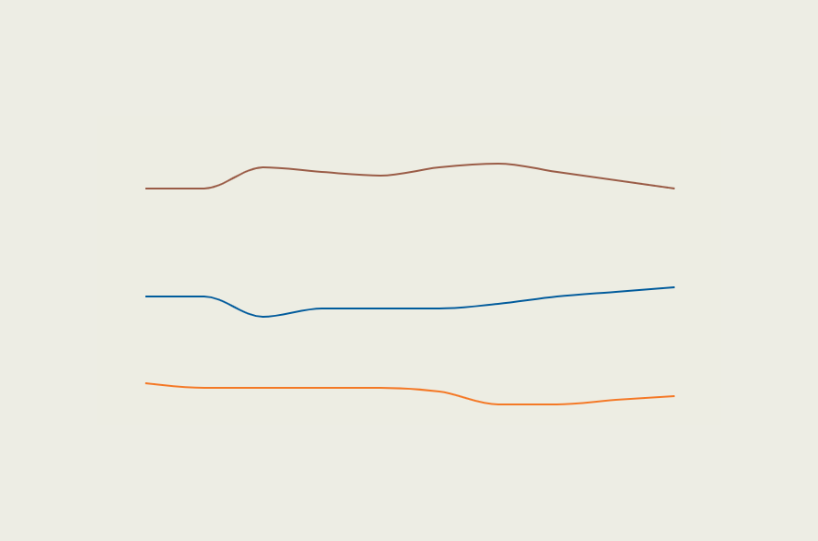DOJ Cartel Bust Breaks Family Ties
DOJ Cartel Bust Breaks Family Ties
The U.S. Department of Justice announced a major bust of over 300 people linked to La Familia, a violent Mexican drug cartel. The crackdown involved massive drug seizures and spanned 19 states.
On October 22, the U.S. Justice Department announced the arrest of 303 people linked to La Familia Michoacana, a major Mexican drug trafficking cartel. The crackdown on the cartel’s networks spanned 19 states and involved the coordinated law enforcement efforts of several thousand federal, state, and local law officers as part of Project Coronado, a 44-month operation. “This unprecedented, coordinated U.S. law enforcement action—the largest ever undertaken against a Mexican drug cartel—dealt a significant blow to La Familia’s supply chain of illegal drugs, weapons and cash flowing between Mexico and the United States,” said U.S. Attorney General Eric Holder on Project Coronado’s recent successful bust. “We will continue to stand strong with our partners in Mexico as we work to disrupt and dismantle cartel operations on both sides of the border.”
Once associated with another violent group called Los Zetas, La Familia emerged as a force to be reckoned with in the past few years, taking on a vigilante profile and expanding control in Michoacan, the southwestern Mexican state where it operates. Since then, La Familia has ramped up production of methamphetamine as well as smuggling of marijuana and cocaine, funneling these drugs into the United States. The cartel’s leader, Nazario Moreno González—who goes by name of “El Más Loco” or “The Craziest One”—claims La Familia has a divine right to destroy its adversaries, who include other drug dealers, police officers, and government officials. The group insists it only traffics drugs outside of Mexico and discourages its own members from using narcotics. In addition to its narcotrafficking activities, La Familia has been responsible for assassinations and kidnappings under the guise of “divine justice.” It attracted attention in 2006 when 20 of its members entered a night club in Michoacan and tossed five human heads onto the floor with a message reading: “The family doesn’t kill for money. It doesn’t kill women. It doesn’t kill innocent people, only those who deserve to die. Know that this is divine justice.”
La Familia may have a profile that brings to mind a bizarre gangster flick, but it’s one of a series of powerful drug cartels operating in Mexico. A report by National Public Radio summarizes information about the major cartels and shares an interactive map to show where the gangs operate.
In the beginning of 2007, the Calderón government began to wage a war on the drug gangs, but the United States plays a major role in the conflict. U.S. drug consumers fund the Mexican cartels with as much as $12 billion a year, as Shannon O’Neil of the Council on Foreign Relations noted in a Foreign Policy analysis. Not only does the United States give these cartels the financial backing they need to keep up operations—it helps keep them armed. A June report by the U.S. Government and Accountability Office reported that 87 percent of weapons seized by Mexican authorities in the past five years came from the United States, particularly from gun shops and gun shows in U.S. border states.
With such grim figures in mind, the White House began to share a message of “co-responsibility” in the spring. “Our insatiable demand for illegal drugs fuels the drug trade,” said U.S. Secretary of State Hillary Clinton during a March meeting with Calderón. U.S. President Barack Obama repeated the message while visiting in April. Around the same time, the U.S. Department of Homeland Security announced a multi-agency border security initiative including bilateral initiatives that include intelligence sharing. Moreover, the government of George W. Bush kick off a $1.4 billion cooperation agreement known as the Merida Initiative designed to boost security in Mexico and Central America.
Since Calderón launched an offensive on cartels, Mexican authorities have arrested roughly 80,000 drug suspects. Still, the killings continue; border city Ciudad Juarez reached a gristly benchmark this week when it tally of 2009 homicides hit 2,000. The figure represents a tenfold increase over its 2007 murder rate. With drug consumption also on the rise, Mexico took the step of decriminalizing possession of small drug quantities and stepped up rehabilitation programs, as Americas Quarterly reports in its latest issue.
Learn more:
- Department of Justice announcement about La Familia arrests.
- Drug Enforecement Agency Fact Sheet on La Familia.
- ISN Security Watch profile of La Familia.
- U.S. Government Accountability Office report on U.S. arms trafficking to Mexico.
- “Merida Initiative: Proposed U.S. Anticrime and Counterdrug Assistance for Mexico and
- Central America,” Congressional Research Service Report for Congress.







